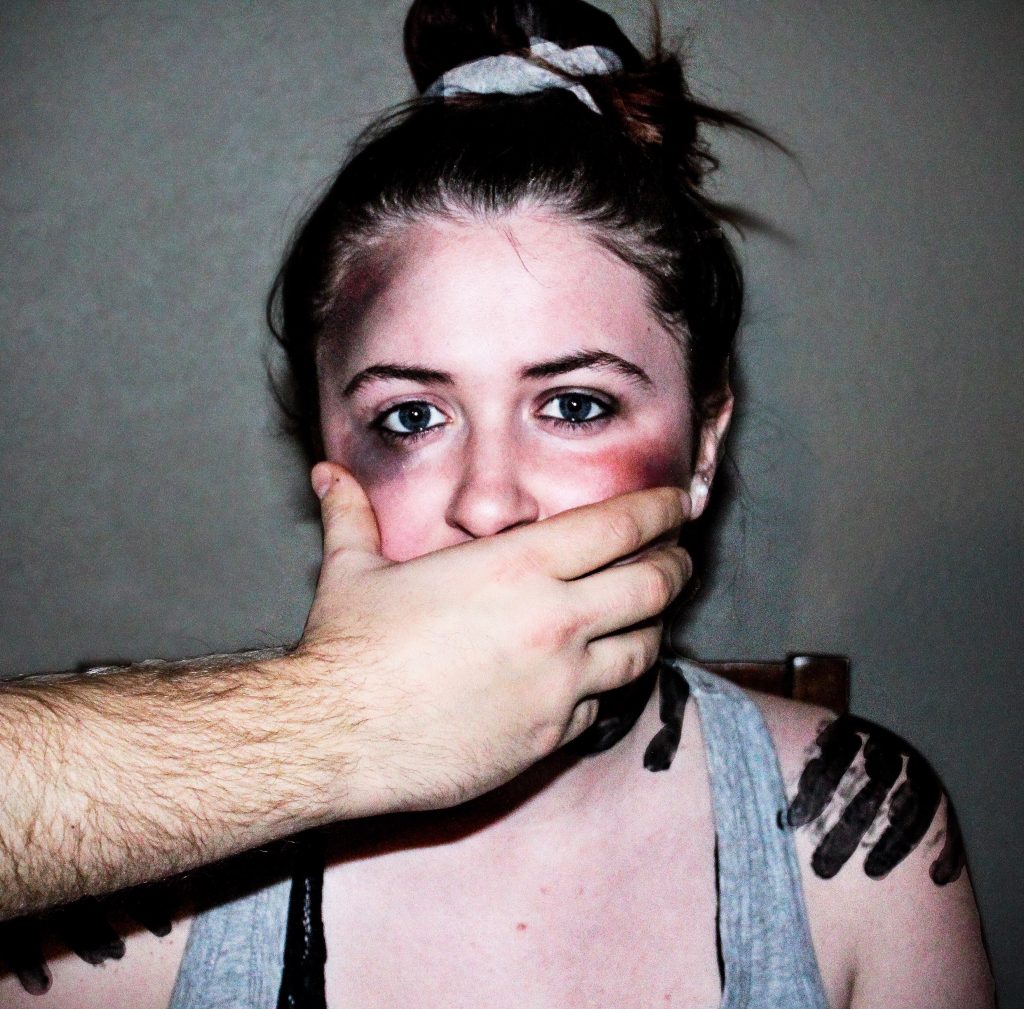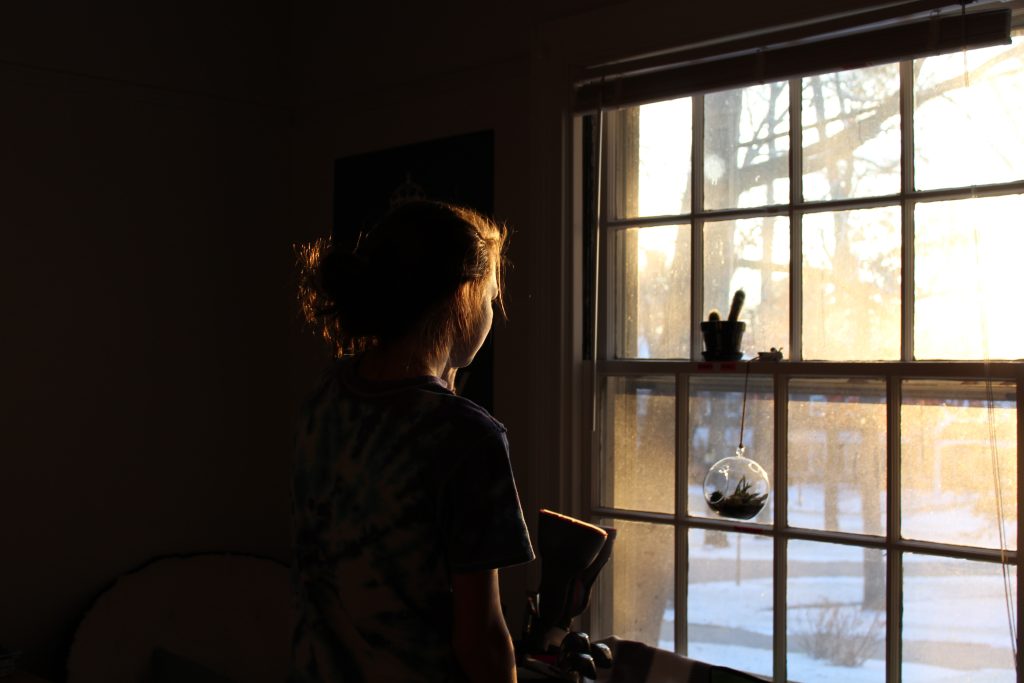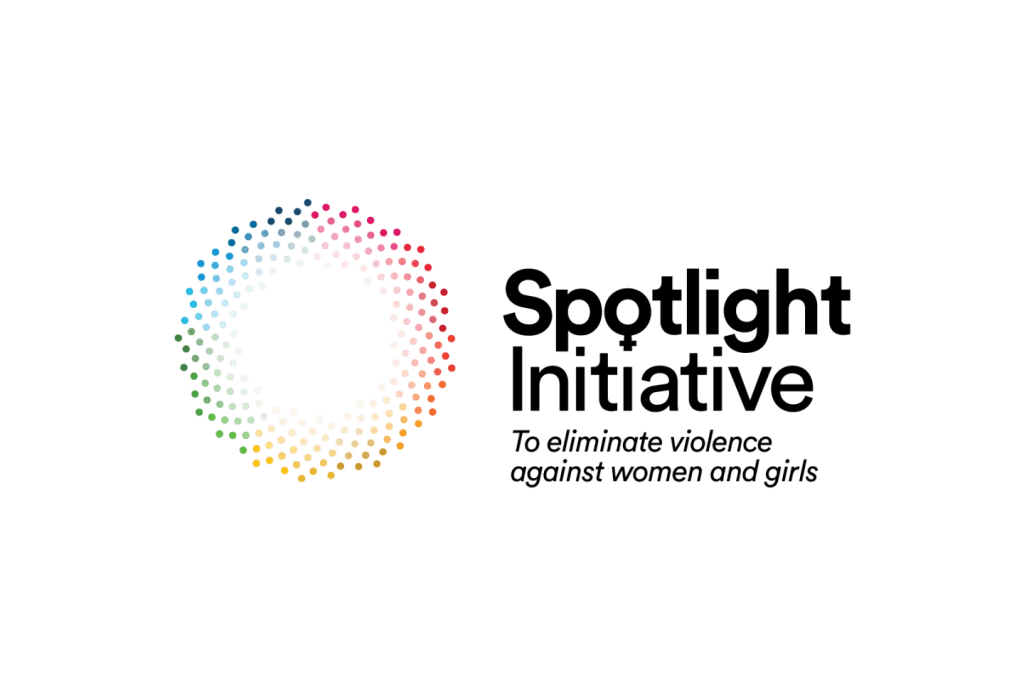Survey data has shown a marked increase of domestic violence in lockdown during COVID-19.
Boxall et al. conducted an online survey in May 2020, covering the first three months of lockdown. Out of 15,000 Australian women, 4.6% had suffered physical or sexual violence from a partner. Two thirds of the women said that violence had started or escalated since the start of the pandemic.
Young Australian women aged 18–24 had the highest rate of every age group for all types of domestic violence (AIHW 2021).

“Each time a woman stands up for herself without knowing it possibly, without claiming it, she stands up for all women.”
– Maya Angelou
In fact, according to the World Health Organisation (WHO), 1 in 3 women have suffered physical or sexual violence in their lifetime. This includes both intimate partner or non-partner sexual violence.
The surge in abuse during lockdown has thrown this crisis into focus. Indeed, it has become a ‘shadow pandemic’ that demands a concerted policy response.
How does lockdown escalate domestic violence?
COVID-19 has put many women in a dangerous position. Since the first detected case, health measures to control infections have had a serious impact on Australian lives.
Early in the pandemic reports emerged about the risks in homes. Concerns grew about a surge in domestic violence, as well as more complex forms of abuse. They suggested lockdown measures were preventing victims from seeking help.
They also drew attention to a worrying increase in the severity of abuse.
“It wasn’t just an increase in numbers. It was also an increase in severity.”
– Kerry Carrington, Professor, Queensland University of Technology (QUT) Centre for Justice.

Several factors influenced the prevalence and severity of domestic violence during the pandemic. These include:
- victims and offenders spending increased time together in lockdown
- restrictions in access to help and increased social isolation
- an increase in situational stressors (e.g. financial stress and job insecurity)
- the possibility of offenders feeling out of control due to their situation, and choosing abuse to give a sense of control
- increased alcohol consumption among perpetrators of abuse (Delaney, 2020)
What are the types of Domestic Violence?
Domestic violence is a pattern of abusive behaviour. It is where a person engages in controlling and dominating another person. It is not a single incident and can take many forms, including physical violence, emotional, sexual, social, spiritual, and economic abuse.
The gravity and recurrence of domestic violence often builds over time. It may undermine the victim’s confidence and their capacity to escape the relationship. Examples of domestic abuse include behaviours that frighten, intimidate, terrorise, manipulate, hurt, humiliate, blame, injure, or wound someone.
The most recent Australian Bureau of Statistics (ABS) Personal Safety Survey (PSS) was in 2016. The survey shows that 1 in 6 women (17%) had endured physical or sexual violence by a current or previous partner. Further, 1 in 4 women (23%) experienced emotional abuse by a current or previous partner. 1 in 5 women (18%) suffered sexual violence.
“Domestic violence rose globally in 2020 – so much so that doctors have called it a ‘pandemic within a pandemic.’”
– The Conversation
How does the Spotlight Initiative address abuse?
‘Leaving no one behind’ is a key principle of UN’s Sustainable Development Goals (SDGs). It calls domestic abuse one of the most ‘widespread, persistent and devastating violations of human rights’ in the world today.
The Spotlight Initiative is a new policy to stop all violence against women and girls. This includes sexual and gender-based violence, as well as harmful social practices, human trafficking, and sexual and labour exploitation.
The new policy puts the issue at the centre of efforts to create gender equality and empowerment.

It also steps up funding support for initiatives on domestic violence. The UN Trust fund targets programs that:
- prevent violence against women and girls by empowering groups at risk of violence
- engage with boys and men, and faith-based leaders
- improve access to services like legal help, psychological counselling, and health
- strengthen laws, policies, and action plans
- monitor data, and hold authorities accountable for performance
What’s happening at the local level?
Now, governments around the world are focussed on the need to prepare for a surge in partner abuse during, and after, events like lockdowns.
In Australia, federal and state governments are reviewing their services. Reports recommend extra resources to help staff cope with crises like these (Carrington et al., 2020). They call for more funding in areas like emergency services and housing. Temporary or long-term accommodation prevents victims becoming trapped in abusive relationships.
Equally, domestic violence has become a priority in many countries. For the UN, it is a human rights issue that is central to the challenges of global equity and sustainability.
To learn more about SDGs, and issues around equity and human rights, check out the THRIVE Project. We post informative blogs on progress towards the global SDG2030 Agenda. We also feature regular webinars and podcasts with respected authorities. You can support us by becoming a contributor, making a donation or even joining THRIVE as a volunteer.
























